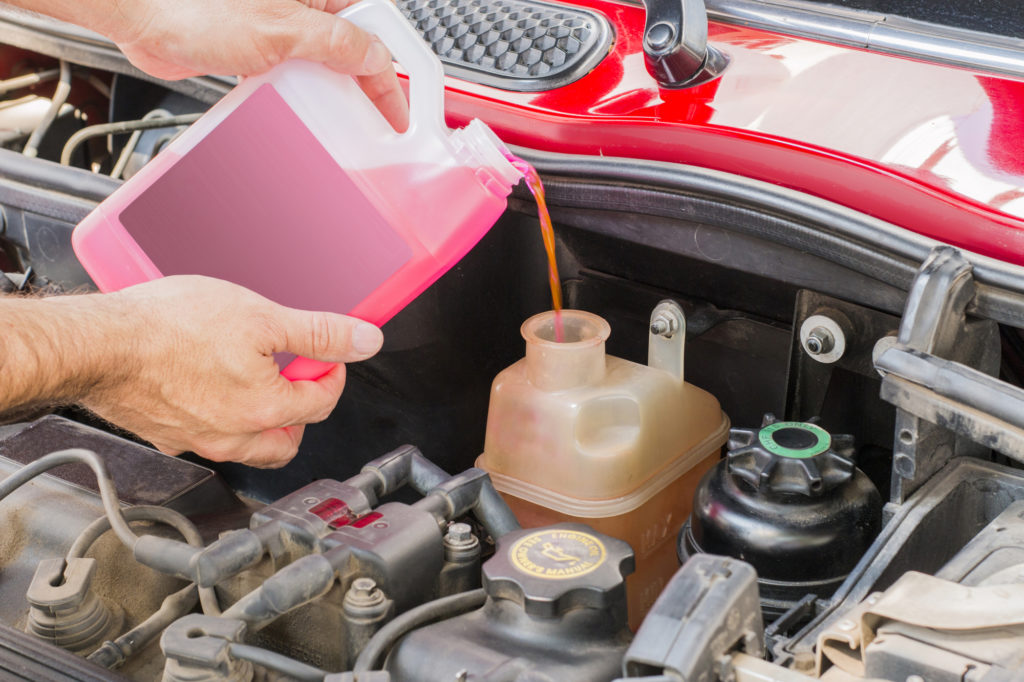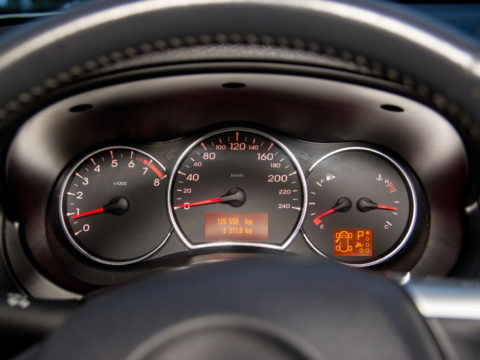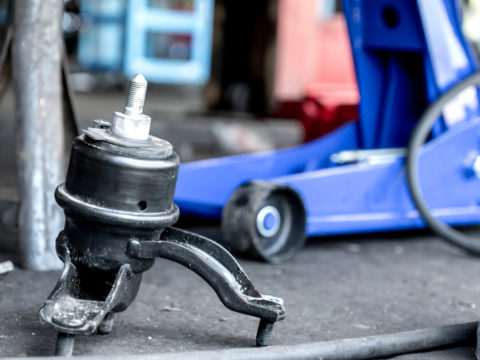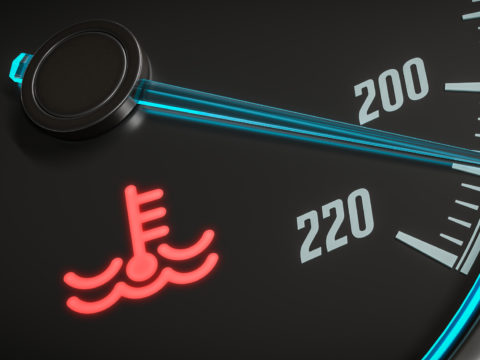You may be refilling transmission fluids in your vehicle often as requested by mechanics, but do you understand its essence? Transmission fluid lubricates all metal parts and bearings found in your car’s manual gearboxes.
It helps prevent annoying screeching noises by eliminating friction between them as they move. Mechanics recommend a relatively clear or pink transmission fluid for effective transmission in our vehicles. However, some manufacturers produce the fluid in other colors, including purple, amber, and blue/green.
Your vehicle will need about 9 to 13 quarts to fill to the recommended levels. The exact amount you need depends on whether you’re refilling from scratch or halfway. You should always ensure the transmission fluid in your cars is full to the required limit before starting the engines.
Excess fluid can trigger mechanical and operational issues, including oil starvation, erratic gear shifting, transmission damage, and excessive pressure resulting in immediate or long-term damage. Continue reading to discover all you need to know about transmission fluid.

Contents
How to Check Transmission Fluid
The suitable level of transmission fluid for the effective operation of your car should be the warm line on the dipstick. Below is the systematic procedure to check transmission fluid in your vehicle.
● Park the car on a flat surface, turn the transmission lever in parking mode, and let the engine run for a few minutes.
● Pull out the dipstick from the transmission fluid tank, wipe it with tissue or a clean rag, and reinsert it gradually to the initial position.
● Pull it out the second time and check the fluid level on it.
● The dipstick should be at or above the “COLD” mark if the car’s engine is cool, and if the engine is hot, the level should be above the “HOT” mark on the dipstick.
● You should refill the fluid level if the mark is below the “COLD” and “HOT” marks.
3 Consequences of Overfilling Your Transmission
You may be asking yourself why it’s essential to prevent overfilling transmissions. There are three main consequences of overfilling your car with transmission fluid. These are:
1) Increased Fluid Pressure
Excess fluid can boost pressure levels in the transmission, causing air contamination. Increased pressure arises when rotating gears spill the liquid inside the transmission chamber, triggering a chemical reaction to create foam. The foam or air bubbles, in turn, decrease the lubricating capabilities of the fluid.
2) Overheating
When the fluid’s viscosity is reduced due to foaming, the gearbox becomes lubricated inadequately, causing overheating due to friction between the metals. The problem is broken seals that’ll start leaking the excess transmission fluid from the gearbox. Leakages will cause a shortage of fluid in your car, making it lose its ability to shift the transmission while you drive.
3) Transmission Failure
If unsolved, the increased fluid pressure, leaking seal, and slipping of metal parts will make the transmission systems in your car break down unexpectedly. Unfortunately, this will force you to seek professional help to rebuild the transmissions, which is a costly service.
Some of the symptoms that will indicate you have an overfilled transmission include an overfilled dipstick, transmission shifting difficulties, leaking fluid, and whining and grinding sounds in transmission.

How to Remove Excess Transmission Fluid
After knowing the dangers of excess transmission fluids, you must gain the required skills to reduce it to the recommended levels immediately you notice the signs. Continue reading to learn some ways you can solve this issue.
Draining
Draining is the simplest solution you can use to fix this mess. You can drain the excess transmission fluid using a siphon pump. You can also remove the cooler line or pull out the pan drain plug to draw the fluid out if your car is equipped with the component. Siphoning the liquid by mouth using a pipe is also an option, but you should use it as the last alternative.
Professional Help
Seeking professional help is the ideal step since a mechanic will do the job the right way, preventing further damages. Ensure you do a thorough search in your area about the best mechanics to get state-of-the-art services with no hidden fees.
FAQs
Is It Bad if Transmission Fluid Overfills a Little?
It’s not bad if you refill the transmission fluid slightly over the recommended levels, often not more than a pint. Most vehicle manufacturers give this allowance since they understand there’s a probability of an error while refilling the transmission fluid.
However, if you fill the fluid above one-half of a quart, you’ll need to drain some of the fluid out to prevent any damages to your car’s transmission.
How Much Transmission Fluid Should You Add?
Some car owners don’t know why it’s essential to have the correct amount of transmission fluid in their cars. Inadequate or overflowing fluid in your vehicle may affect the transmission system to the extent of rendering it immovable. Top up the transmission with about one-half quart of fluid once and repeat until it fills to the recommended level if the fluid level is low.
However, if the fluid is depleted, you’ll be required to refill between four and 12 quarts. The amount will depend on your car’s transmission system size. Seek advice from a certified mechanic if you aren’t sure about the quantity you need to top up.
Additionally, ensure your engine is running as you refill the liquid to ensure it doesn’t get past the recommended level. Finally, make sure the transmission is in parking mode and the handbrake is on to prevent the car from moving.
Is Half Quart Too Much Transmission Fluid?
No. Knowing the right transmission level to use could be challenging at times, raising questions regarding what amount is correct. In that case, filling the transmission fluid a bit over the recommended level to approximately half a quart won’t trigger problems tied to overfilling your car’s transmission.
Can Too Much Transmission Fluid Cause Check Engine Light?
No. The engine check light only triggers when the transmission fluid is below the required level. When the fluid is inadequate, some parts won’t get lubricated, increasing transmission friction. Vigorous friction will, in turn, make the check engine light activate.
How to Drain Transmission Fluid Without Dropping the Pan?
Under normal circumstances, mechanics suggest you drain your car’s old transmission fluid and refill with new ones after our cars cover 30,000 miles to ensure gears keep on shifting smoothly. You can follow the below procedure to learn how to drain the fluid without dropping the pan:
● Run the car engine for about five minutes to make the transmission fluid reach its usual operating temperature.
● Park the car, turn off its engine, and ensure it remains stationary while draining. You can put one car ramp on one front wheel and another on one of the hind wheels to be certain your car doesn’t move at all.
● Place a bucket under the drain pan and another larger one beneath the drain plug.
● Utilize a socket wrench to detach the drain plug and monitor the fluid drain into the bucket to a dripping speed.
● Remove the old crush washer by twisting it and replacing it with a new one.
● Thread the drain plug back, ensuring it’s tight.














